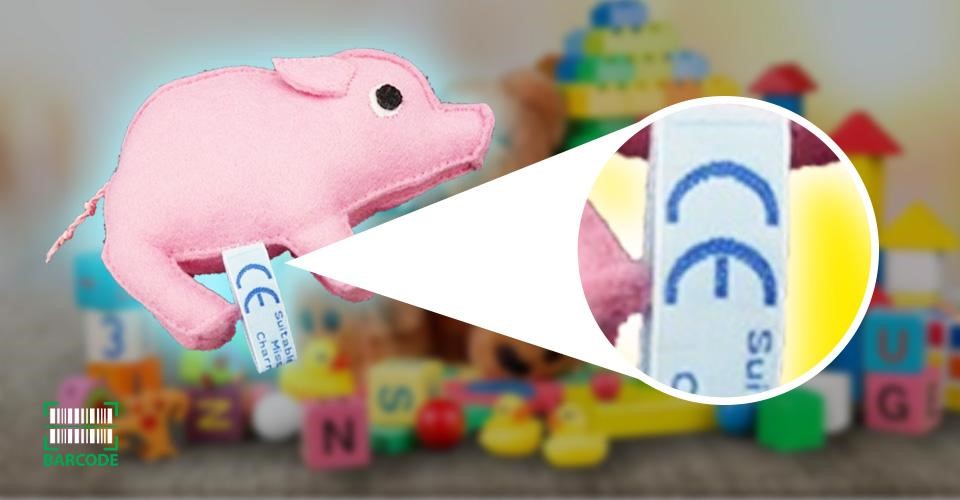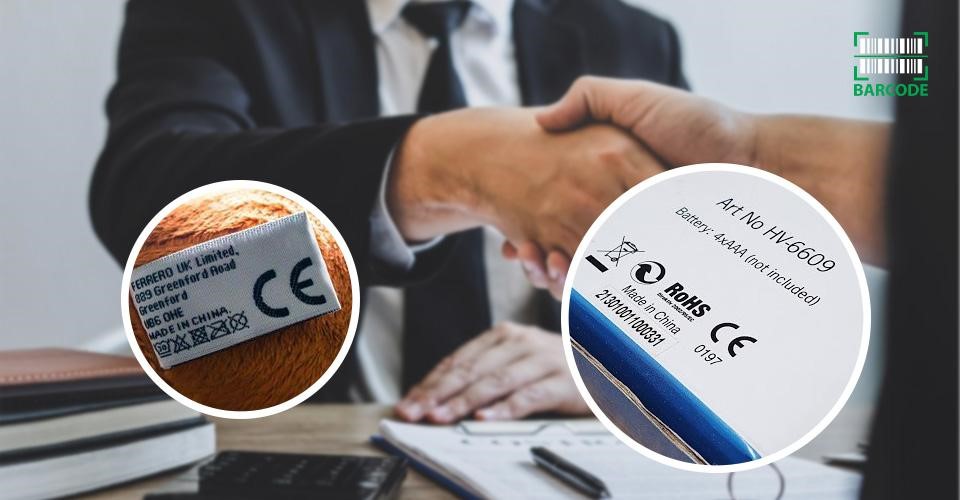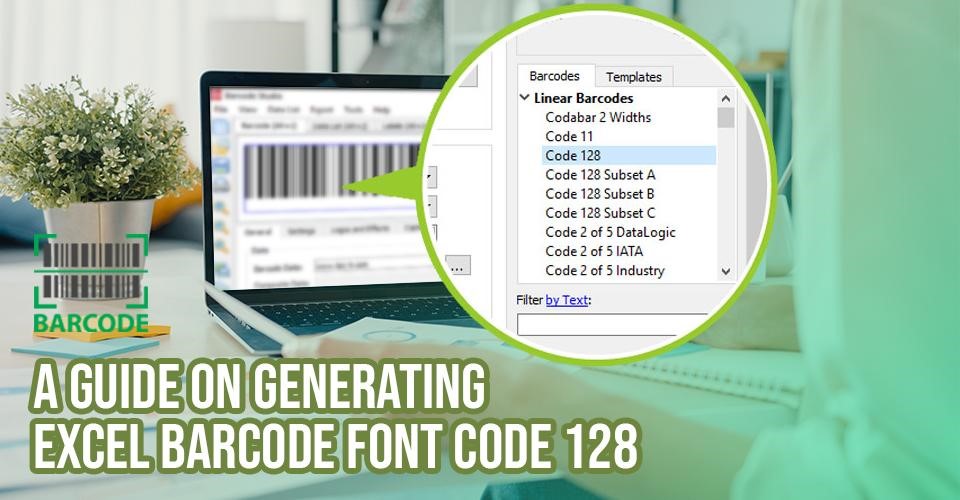What Does the CE on Products Mean? A Definite Guide
What does the CE on products mean?
The CE marking is mandatory for many products, including toys, electrical appliances, medical devices, and machinery, and is intended to ensure that products sold within the EEA are safe for consumers to use.
Here we will explore the meaning and significance of CE marking, the products that require it, the companies responsible for applying it, and more.
By the end of this article, you will have a better understanding of what CE means in products and why it is important for ensuring product safety in the EEA.

What does C E on products mean?
What Does CE Mean on Products?
Since 1985, the European Union (EU) has required mandatory conformity labeling for products sold inside the EEA, which is known as the Conformité Européenne (CE) Mark.
The letters "CE" on products indicate that they comply with the essential health, safety, and environmental protection requirements set out by the EU.
The CE marking is a legal requirement for products sold within the EU and is intended to ensure a minimum level of safety and protection for consumers.

What CE means in products
In fact, the CE product marking is not a quality or performance mark, and has nothing to do with the barcode country of origin.
Rather, it is a declaration by the manufacturer that the product meets the minimum legal requirements for sale in the EU.
The 27 EU member nations, as well as Iceland, Norway, and Liechtenstein, require it, meanwhile, Turkey actually mandates many products to have the CE label, and Switzerland allows it for some products.
Besides, these directives include both products made in or intended for sale in the EEA as well as those that are sold in the EU.
Therefore, even those who are unfamiliar with the EEA may recognize the CE emblem anywhere.
How Does CE Mark Work?
CE product marking is a mandatory requirement for many products sold in the EU.
It helps ensure that products sold in the EU meet minimum safety requirements and are safe to use.
When a product bears this marking, it means that its importer or manufacturer has confirmed that it complies with all applicable EU legislation and that it may be marketed across the European Economic Area (EEA).
Applying it to a non-compliant product or promoting its sale is against the law.
For instance, the CE marking requirements for electronic equipment are the EMC Directive and Low Voltage Directive.

CE marking on electrical equipment
However, the label does not imply that a product was manufactured in the EEA or that the EU or another authority has certified it to be safe or compliant.
Protection of human health, environment, and safety may all be covered by EU regulations.
What Products Need CE Marking?
Products that are marketed to consumers in the EU must have a CE marking, which is a mandatory certification that indicates that the product meets certain statutory requirements and is safe to use.
Examples of products that require a CE marking include toys, electrical appliances, medical devices, machinery, and construction products.
On these products, you can see the letters "CE" as shown in the picture below.

Toys have the CE marking
Also read: How to determine country of origin?
Companies Responsible for Applying CE Marking
Manufacturers are primarily responsible for ensuring that their products meet the requirements for CE marking and applying the mark to their products.
In other words, it is their responsibility to ascertain that their products meet the necessary requirements for CE marking and to perform an assessment to confirm this.
If the manufacturer is located within the EEA, they can apply themselves.
However, if located outside the EEA, they must appoint an importer within the EEA to check that the product meets the necessary requirements before applying the mark.
The importer assumes certain responsibilities for ensuring that the product is safe and compliant before it enters the EEA market.

Manufacturers are accountable for CE product marking
In some cases, companies can also choose to have their products assessed by an institution or approved authorities to ensure compliance with the necessary requirements for CE marking.
What Countries Require the CE Marking?
The CE marking is required for many products sold in the European Economic Area (EEA).
Here is the list of countries that require CE marking:

What countries require a CE mark?
A manufacturer who has completed the conformity assessment procedure is qualified to apply the marking to the item and it may be marketed all over the EU with the CE label.
31 nations, totaling almost 500 million people, now have access to products thanks to the CE product marking.
How To Obtain The CE Marking?
As the manufacturer of the product, it is solely your responsibility to vouch for legal conformity. Although you don't need a license to apply the CE marking to your goods, you must:
-
ensure that it conforms with all relevant EU rules
-
decide whether you can evaluate your goods on your own or if a notified body is required
-
compile a technical dossier demonstrating conformance
-
create and sign a declaration of conformity with EU standards

Some requirements to obtain the CE Marking
If the responsible national authority demands it after your product has the CE label, you must give them all relevant data and accompanying paperwork.
Also read: What is the country of origin?
How To Differentiate CE Marking Symbol vs China Export Symbol?
Although the "China export" mark resembles the official European CE mark in appearance, it does not adhere to its measurements or proportions.
In general, the CE label is a quality assurance from Europe, which denotes that the product meets EU standards for environmental, health, and safety protection.
It demonstrates that the producer has fairly evaluated the product and guarantees that it complies with requirements for sale in the EU.
On the other hand, the Chinese CE mark (derived from the abbreviation China Export) just means that the goods were made in China and is equal to the "made in China" labeling.

CE vs China Export
Further, the letters are equally made, but their spacing varies. Hence, the two markings are specifically distinguished by that.
A valid CE product marking has the letter E at the start of the circular profile created by the letter C.
Due to its slight similarity, you need to check items' certification markings and conduct research before purchasing to make sure the item actually complies with the applicable CE rules.
The requirement only applies to goods that must bear the CE certification following EU regulations.
Certain products must simultaneously comply with multiple EU regulations. When applying the CE marking to your product, check sure it conforms with all applicable standards.
It is prohibited to apply the CE marking to products for which there are no EU specifications or for which such application is not necessary.
No, the CE product marking is not accepted as a certification for products sold in the United States.
In the United States, products must comply with the regulatory requirements established by various federal agencies, such as the Food and Drug Administration (FDA) and the Consumer Product Safety Commission (CPSC), among others.
CE products are designed to meet minimum essential safety and environmental protection requirements for sale within the European Economic Area (EEA).
While the CE marking indicates that a product meets these legal requirements, it does not necessarily guarantee complete safety or high quality.
The responsibility for ensuring product safety lies with the manufacturer, and consumers should always use products as intended and follow safety guidelines.
Conclusion
The CE marking is an important symbol that indicates a product has met the requirements for sale within the EEA. Also, it is mandatory for many products, and companies must ensure that their products meet the relevant standards before affixing the mark. Therefore, understanding what does the CE on products mean? is crucial for anyone buying products within the EEA.



7 Comments
Aria Jones
The content you have shared with all of us is mighty helpful. Just to the point ,precise and clear . You are a true genius in presenting a content in such way that everyone is looking for ..
Leave a Comment
Your email address will not be published. Required fields are marked *Barcodelive
Thank you!
Leave a Comment
Your email address will not be published. Required fields are marked *Kabeer Verma
What's the point of UKCA marking as a supplement for CE marking?
Leave a Comment
Your email address will not be published. Required fields are marked *Barcodelive
Probably, that is an outcome of different aspects of some countries which are not a member of EU but have strong ties with EU -particularly for countries in Customs Union
Leave a Comment
Your email address will not be published. Required fields are marked *Kabeer Verma
Thanks
Leave a Comment
Your email address will not be published. Required fields are marked *Grayson Wilson
Do medical device accessories need CE mark?
Leave a Comment
Your email address will not be published. Required fields are marked *Barcodelive
The CE mark is a mandatory marking required for certain medical devices to be sold in the European Economic Area (EEA), which includes the European Union (EU) countries, Norway, Iceland, and Liechtenstein. Medical device accessories may also require a CE mark, depending on their intended use and classification.
Leave a Comment
Your email address will not be published. Required fields are marked *Leave a Comment
Your email address will not be published. Required fields are marked *